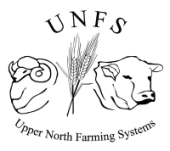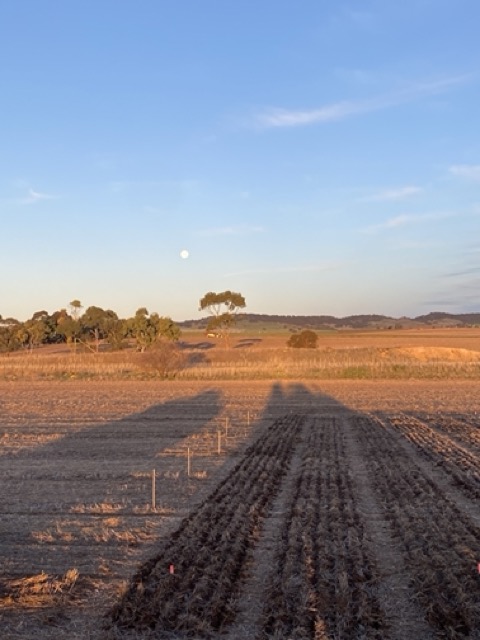Full Name: De-risking the seeding program: adoption of key management practices for the success of dry and early sown crops
Project Lead: Ag Ex Alliance
Funding Body: Future Drought Fund Extension and Adoption of Drought Resilience Farming Practices Grants Program
Objective:
To help growers make informed decisions on the strategies they can employ when early / dry sowing that will maximise seed germination and financial and environmental resilience
With the increase in farm size and associated cropping programs and the seasonal break to the Australian cropping season tending to be later, earlier sowing / dry sowing of cereal crops has increased significantly over the past decade throughout the grain production districts of Western and South Eastern Australia. There are numerous benefits to early sowing of cereal crops including the likelihood they will produce more grain and biomass, offering increased opportunity for grazing or hay production in the event of a low rainfall or constricted season.
Whilst the practice of early / dry sowing is employed by large numbers of growers, it carries with it considerable risks if the break to the season is significantly delayed. There are however a range of strategies that can be employed to optimise the germination and persistence of seed sown under dry conditions and reduce the risks associated with early / dry sowing.
These include:
- Variety selection
- Opportunities for Long Coleoptile Wheats
- Seed placement /optimising depth of sowing
- Seeding rate
- Fertiliser placement
- Pre-emergent herbicide selection and use
- use of soil water reserves in the decision-making process
Contact: Jade Rose, UNFS, 0448866865


